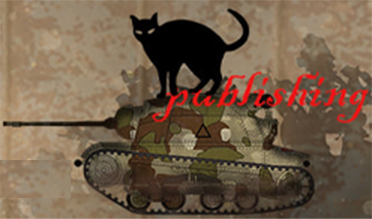Line of Sight
A clear line of sight is key when attacking enemy units. But in combat there are often structures and buildings blocking line of sight. Units covered by these structures and buildings may not be shot at by small caliber weapons or vehicles/support weapons using HE rounds.
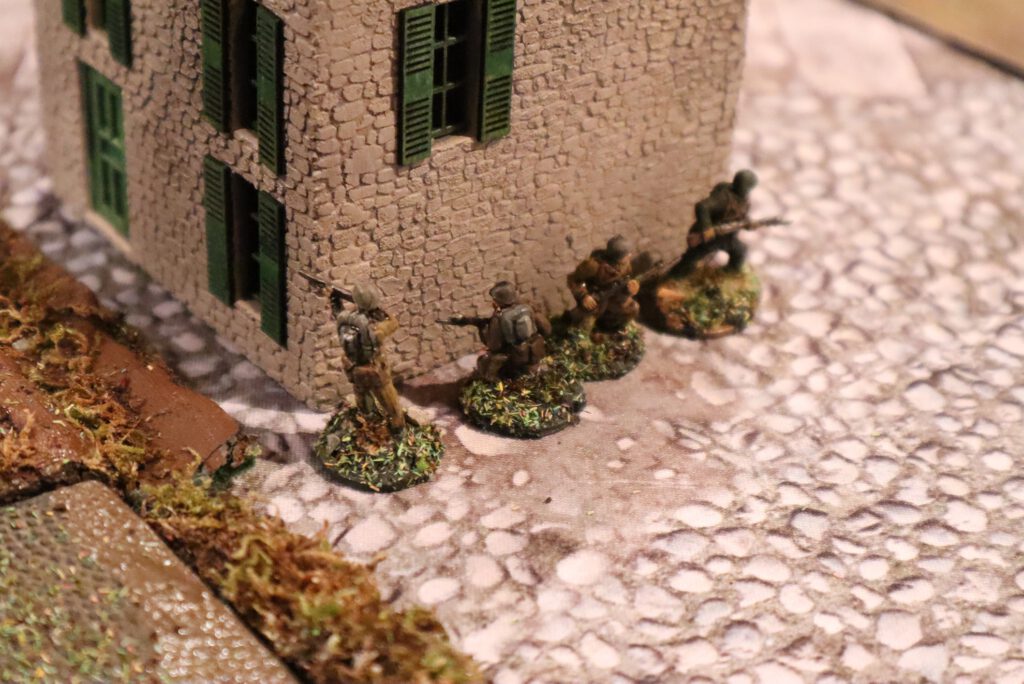
To get a clear line of sight this sniper has to pop around the corner of a stone building.
Tanks that are not in a clear line of sight may be shot at with armor piercing rounds (AP), when a part of their body or turret is visible or they have been previously spotted by friendly units. They gain an armor bonus. (See creating additional cover for AFVs).
Note: Units that are more than one 5 cm / 2 in deep into the woods or 5 cm / 2 in behind hedges, cannot be seen.
How does line of sight work for artillery and planes?
- Artillery may shoot over obstacles due to their higher arching trajectory.
- Planes may drop bombs on units behind obstacles.
- Friendly units may spot for artillery.
Arc of fire
- (Armored) vehicles with turrets and support weapons have a firing arc of 90 degrees.
- Infantry can fire at 180 degrees without having to pivot.
- Fighter planes and tactical bombers may strafe units in a corridor that equals their wingspan.
- (Armored) vehicles without a turret and support weapons may only fire at an angle of 60 degrees without pivoting.Note: If units do not meet the angle to hit the enemy, they have to spend one action and pivot or turn themselves or their turret.
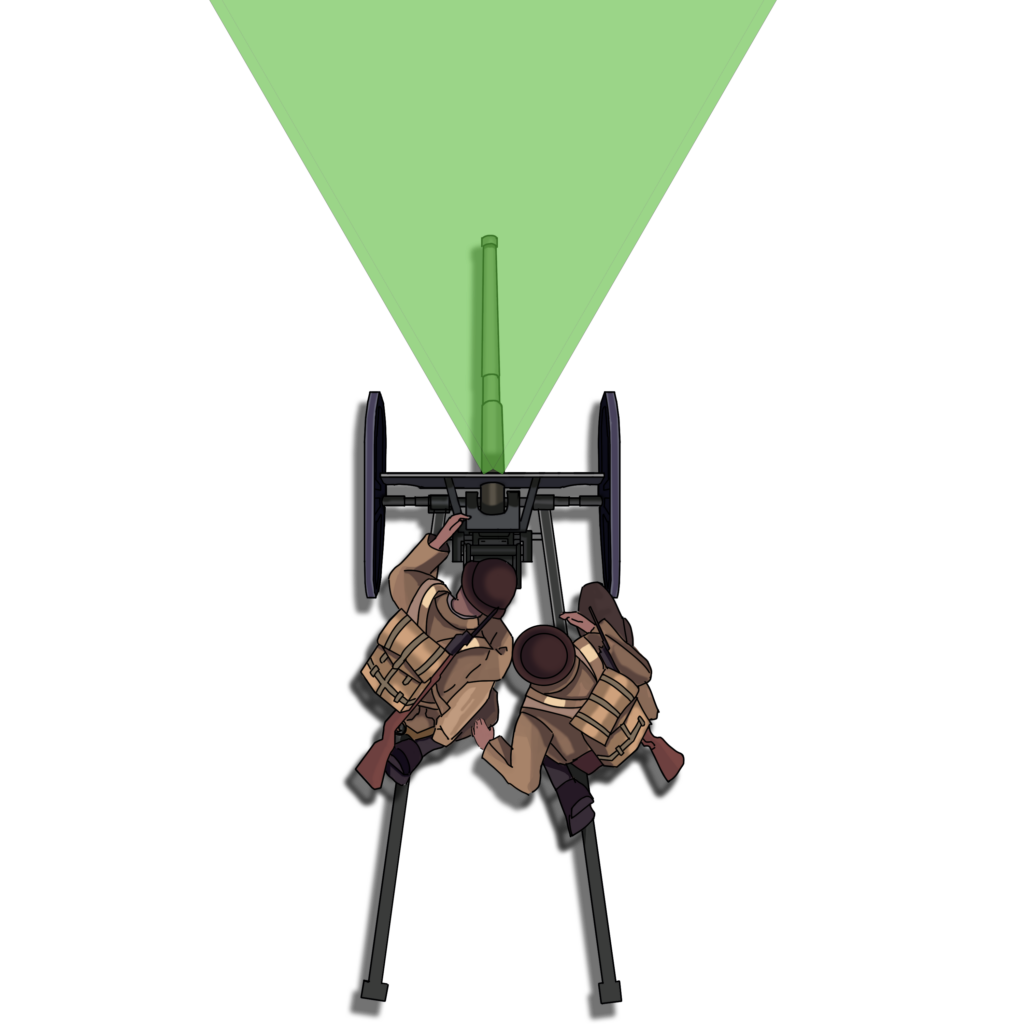
Support weapons may fire in a arc of 60 degrees without pivoting
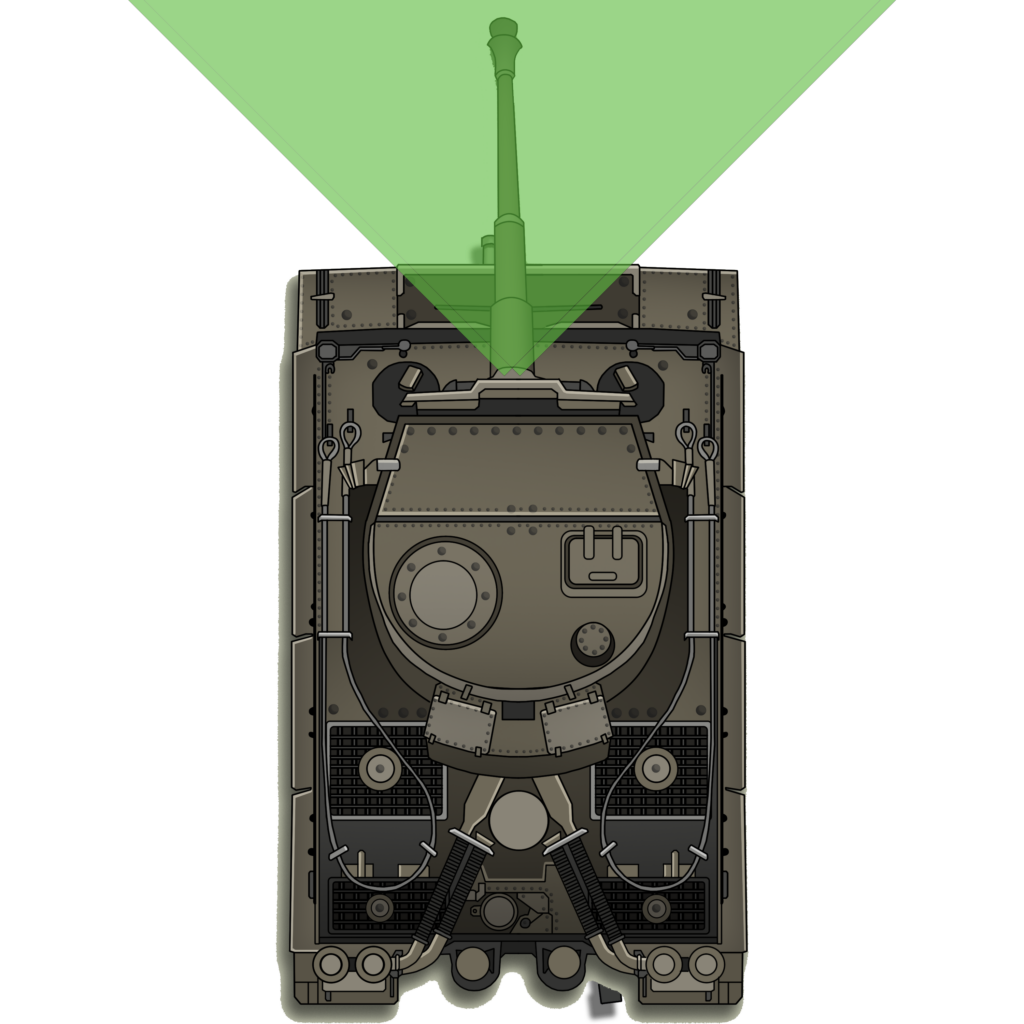
Tanks with turrets may fire in a arc of 90 degrees without pivoting or spending an action to turn the turret.
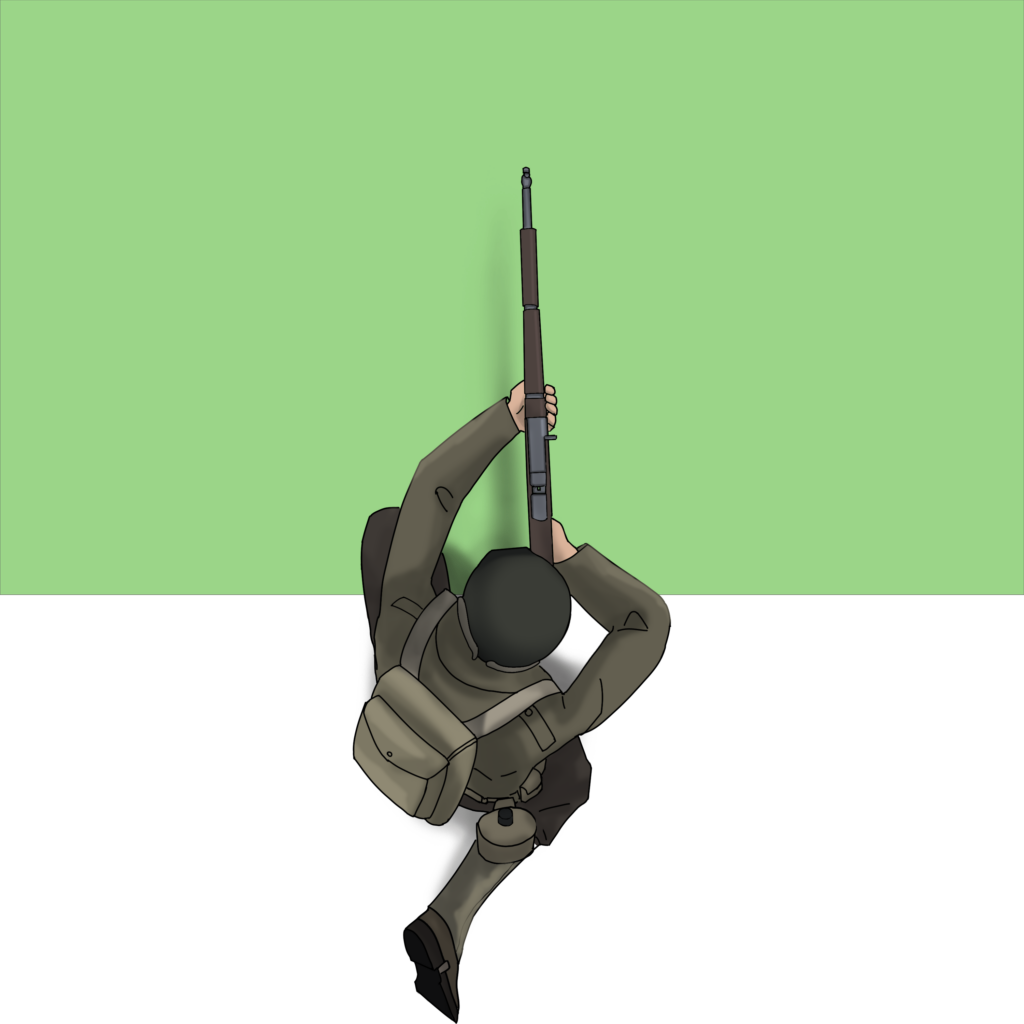
Infantry may fire in a arc of 180 degrees without spending an action to pivot.
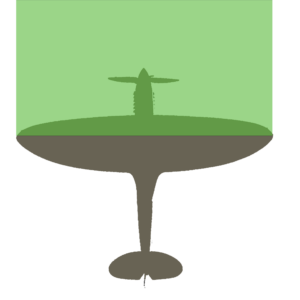
Planes may fire at enemies with their mgs and autocannons within their wingspan.
